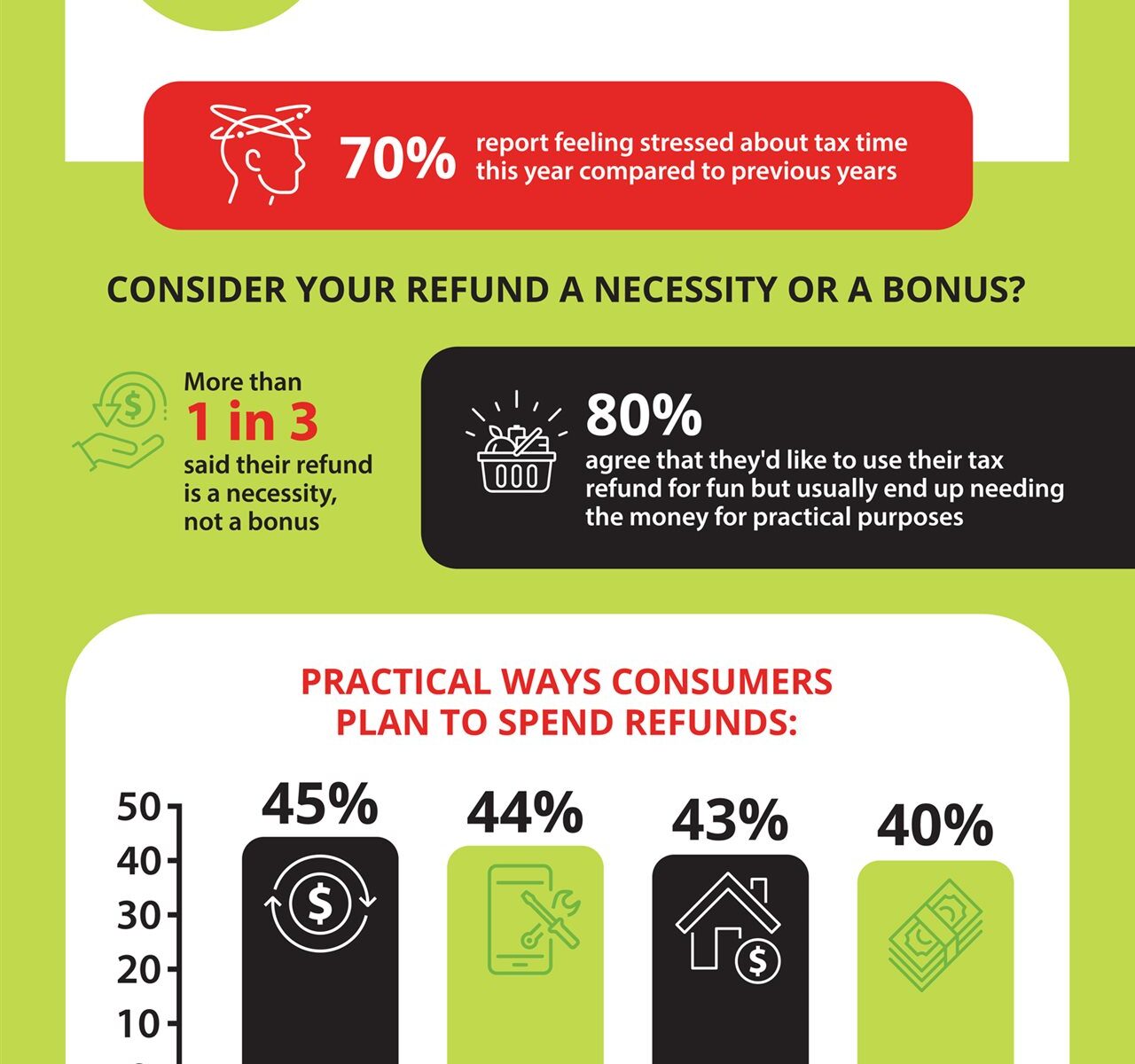2023-03-08T00:01:00
(BPT) – If you’re expecting a tax refund this year, now is the perfect time to strategize how to use it. Why not maximize your refund by investing it in your home? There are a variety of renovation projects at different price points worth considering that can add value to your home.
Here are a few ideas to get you started.
1. Think curb appeal
A top recommendation from real estate agents is to view your home as a potential buyer might. What improvements can you make to the exterior that would attract a prospective buyer, giving the impression your home is well cared for?
- Landscaping — Just clearing overgrowth can enhance how your home looks, but also consider consulting an expert for improving your yard.
- Replacing your garage door — Especially with a 2- to 3-car garage, this is a highly visible feature of your home that gets a lot of wear and tear.
- Upgrading doors and/or windows — They create the first impression your home gives visitors (and neighbors), and replacing them enhances not just your home’s appearance, but also energy efficiency and security.
- Repainting/re-siding your home — Refreshing the exterior gives your home an immediate facelift. Can’t afford to redo the entire exterior? Touching up trouble spots or repainting trim also makes an impact.
These improvements can boost potential resale value and your sense of pride in your house, for however long you call it home.
2. Install an extra full bath
Creating another full bathroom is not only great for improving the functionality of your home, but will definitely appeal to future buyers. According to Houzz, installing an additional full bathroom, like an en suite or guest bathroom, is one of the top five renovation projects to consider in terms of return on investment.
While adding a full bath in some parts of your home may be very costly due to the plumbing configuration, you can cut costs considerably using an up-flushing, macerating toilet — like the Saniaccess 3 from Saniflo — which can be installed virtually anywhere. The plumbing used for this toilet operates above the floor, so there’s no need for the mess and expense involved in digging through flooring, especially concrete floors typically found in basements.
Saniflo’s above-floor technology makes it possible to add a bathroom even if you were once told you couldn’t add a toilet due to the lack of a drain line. These upflush toilets simplify toilet installation by pumping waste away to the nearest drain line and/or sewer system. Watch this short video to learn more about Saniflo’s bathroom solution.
3. Add a half bath
Don’t have sufficient space (or budget) to create a full bath? A half bath also enhances the value, convenience and functionality of your home. Similar to the Saniaccess 3, you can install a Sanicompact tankless toilet for your half bath, reducing the cost, hassle and time needed for renovation. Whether you have an attic room, basement area, storage closet or outdoor space (like a poolside changing room), a Sanicompact toilet can provide this convenience for family and guests anywhere you want, without having to worry about the typical headaches adding or moving plumbing can create. There’s no need for major construction to add garage or basement installations, toilets for elderly family members and many other practical applications that can’t be added through conventional methods.
Both the Saniaccess 3 and Sanicompact toilets provide quiet, efficient functionality that is economical and environmentally friendly, using far less water than a traditional plumbing system. Check out this video to see how you can use this year’s refund to add a bathroom.
4. Upgrade your kitchen
Depending on your budget (and refund), upgrading your kitchen is always a smart move. According to Homelight, you can do a minor remodel of a 200-square-foot kitchen for approximately $21,000 and recover about 77.6% of that cost at resale. Don’t want to spend $20,000? No worries. Even minor upgrades — like replacing outdated faucets or cabinet hardware, refacing or painting cabinets and/or adding a new backsplash can improve the appearance of your kitchen while helping raise your home’s value.
Before you get your tax refund, plan to maximize it by spending it on your largest investment — your home.






















